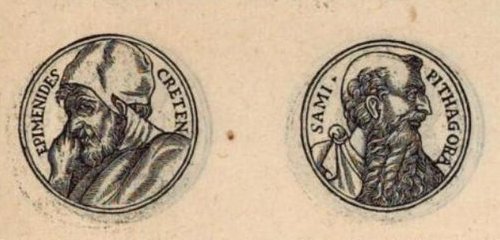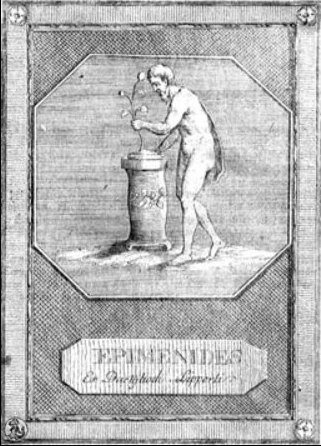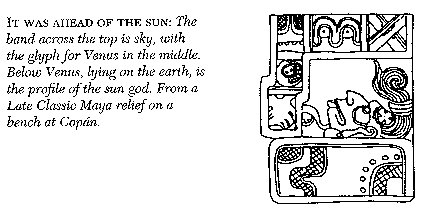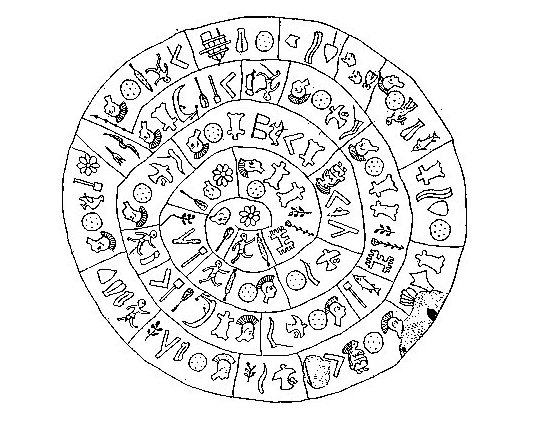|
THE D TABLET
In the G text, we have seen, there were 123 glyphs (days) to be counted from 8h and heliacal Naos at Ga2-27 to 16h at heliacal Acrab:
Although *123 came two days later than heliacal Naos:
So number 123 is here documented twice, both as the distance from 8h to 16h and as the number of days from Sirrah (March 21, 80) to Tegmine (ζ Cancri). Which is quite in order because Sirrah marked 0h. 24h = 0h implies the whole cycle of right ascension days might have been measured as 3 * 123 = 369, possibly to be understood as 366 + 3 days ('little sisters') when only 'cold food' was served. ... In China, every year about the beginning of April, certain officials called Sz'hüen used of old to go about the country armed with wooden clappers. Their business was to summon the people and command them to put out every fire. This was the beginning of the season called Han-shih-tsieh, or 'eating of cold food'. For three days all household fires remained extinct as a preparation for the solemn renewal of the fire, which took place on the fifth or sixth day after the winter solstice ... 360 + 6 'sleeping mats' (→ Dormouse) + 3 'little sisters' (down in a well and living on treacle). 3 * 180 - 3 * 123 = 540 (→ Vathorz Posterior) - 369 = 171 → 9 * 19 = 172 (summer solstice) - 1. And 261 (= 9 * 29) - 9 * 19 = 90. If you turn a coin around into upside down and then repeat this action you will be back to the original view. This idea could explain why even numbers are good but odd numbers are bad. In other words, twice 123 = 246 (→ September 3) might have represented the good times. 366 - 246 = 120 or 364 - 246 = 118 (= 4 * 29½) or 360 - 246 = 114 (= 6 * 19) or 354 - 246 = 108 (= 540 / 5) or 350 - 246 = 104 (= 4 * 26):
But anciently they waited 16 days for the return to visibility of the heliacal stars. Therefore Halley's September 3 (246, *166) could have referred to a heliacal star in day 2 * 123 - 16 = 230:
The basic number 123 could be considered as 246 / 2 and 230 / 2 as 115. It was ruled by Hermes Trismegisthos: ... Another name for Mercury was Hermes and Hermes Trismegisthos (thrice-mighty) could have referred to the fact that there were 3.141 * 115.88 = 364.0 days for the cycle of the Earth around the Sun. Although the calendar has 365 days for a year this is due to the fact that the Earth has to turn around an extra day in order to compensate for how the direction to the Sun changes during a year ...
369 - 364 = 5 → January 5 (370). The C text carries 740 glyphs, i.e. twice 370.
... In the upper part of the façade, as a pendant to the calabash on the right which represents the sun, it is a drawing of the moon, either full or as a crescent. This is a reminder, on the left-hand side, of the celestial regions. In the remaining space on the wall there are various ritual objects and animals in no particular order: the priest's forked staff, which is a symbol of both masculinity and femininity; the shaft itself, which is breast-high, is male, the female part is the fork in which the priest rests his forefinger, itself a symbol of the male ...
The Chinese were saying: One generates Two, Two generates Three and from Three everything will grow. It was the planet Mercury who was in charge of everything growing.
Down in the left (southwest, toga) corner the symbol in the illustration above is different from the corresponding symbol in the other 3 corners.
There were obviously 8 dark night before Venus returned to visibility and this could serve as a structural feature:
And there were 123 glyphs to be counted on top of the Phaistos Disc. The cosmogram should be self-similar (without contradictions), otherwise it would not be able to selfreplicate (recycle) properly.
|
||||||||||||||||||||||||||||||||||||||||||||||||||||||||||||||||||||||||||||||||||||||||||||||||||||||||||||||||||||||||||||||||||||||||||||||||||||||||||||||||||||||||||||||||||||||||||||||||||||||||||||||||||||||||||||||||||||||||||

.jpg)



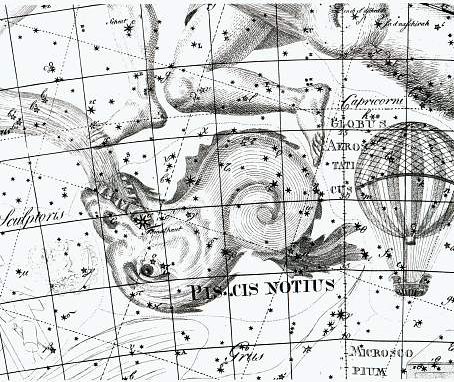



.jpg)
.jpg)
